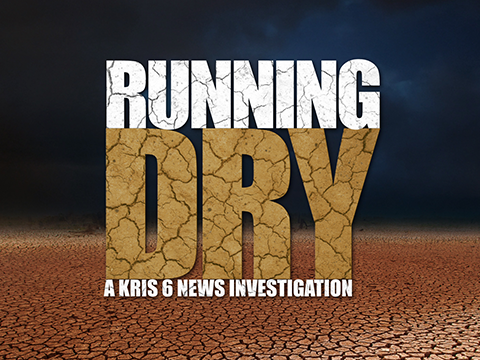CORPUS CHRISTI, Texas — What is Saharan dust? It’s a cloud of dust that forms in the Saharan desert in Africa during the summer months and makes its way to the Atlantic ocean, eventually spreading to the southeastern U.S. and the Gulf of Mexico. This creates hazy, dry conditions in the area. Saharan dust may make breathing for those with allergies more difficult.
"This is the time where we walk out after the Saharan dust kind of comes in: where we see this layer of dust on our vehicles that we wonder what happened" says Annette Rodriguez, Nueces County Director of Public Health. "Did it just rain dirt? That's the Saharan dust blowing in. But dust affects everybody, it affects those that are asthmatic more than others."
Some side effects of Saharan dust are dry eyes, dry mouth and a mild cough. Those with allergies may feel them flaring up because of the additional irritants in the air. Medical experts say Saharan Dust doesn’t present isn’t something too much about but do advise those with respiratory issues to keep an eye on a few key factors.
“If you know you're having problems with your asthma or if you know you're having problems with your COPD (Chronic obstructive pulmonary disease), checking the air quality index is important,” says Dr. Santiago Encalada, pediatric pulmonologist at Driscoll Children’s Hospital.
Dr. Encalada says staying inside as much as possible and using a mask will help those with respiratory issues cut down on some of the pollutions they may inhale.




